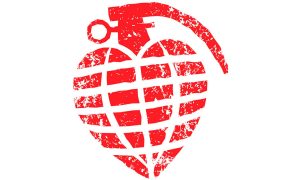
In this Upper-Intermediate ESL lesson, the student will learn vocabulary related to plants, plant parts, and gardening tools. They will put new vocabulary into practice in a discussion about the science behind how plants can reduce stress and anxiety and help us feel connected to the outside world.
Warm-up
The lesson starts with a few warm-up questions related to spending time in nature.
Video: Your brain on plants
The student watches a video about why gardens are good for us, and then ticks the benefits mentioned in the video. After watching the video the second time, they mark statements based on the video as true or false.
Next, they match the words mentioned in the video with their meanings (soil, drainage, ecosystem, etc.).
Vocabulary: plants
Adjectives to describe soil are given in a table. The student comes up with adjectives opposite to the ones given.
The student then labels plant parts in a plant picture (stem, root, leaf, etc.). Different meanings of the word root are introduced through examples which the student matches with the meanings.
The student is presented with images of plants which they match with correct names. Following this exercise, the student learns about the healing properties of these plants.
Video: How to utilize essential garden tools
After watching a video How to utilize essential garden tools, the student ticks the ones that were mentioned. Then, they match each garden tool with their function (hose, loopers, shears, etc.). Next, they match the garden tools with the pictures.
Vocabulary: herbs
The student learns the names of the most common herbs and classifies them according to their healing properties.
Revision
The student is presented with a gardening mind map and the vocabulary they learned in the lesson. The task is to sort the words out (tools, herbs, flowers, actions).

The “revenge blocking” phenomena
This C1 lesson plan focuses on expanding vocabulary related…

How to be happy
This upper intermediate lesson plan is tailored for students willing to…

Is motorsport a real sport?
This C2-level ESL lesson plan focuses on broadening students’ vocabulary related to sports.
…


